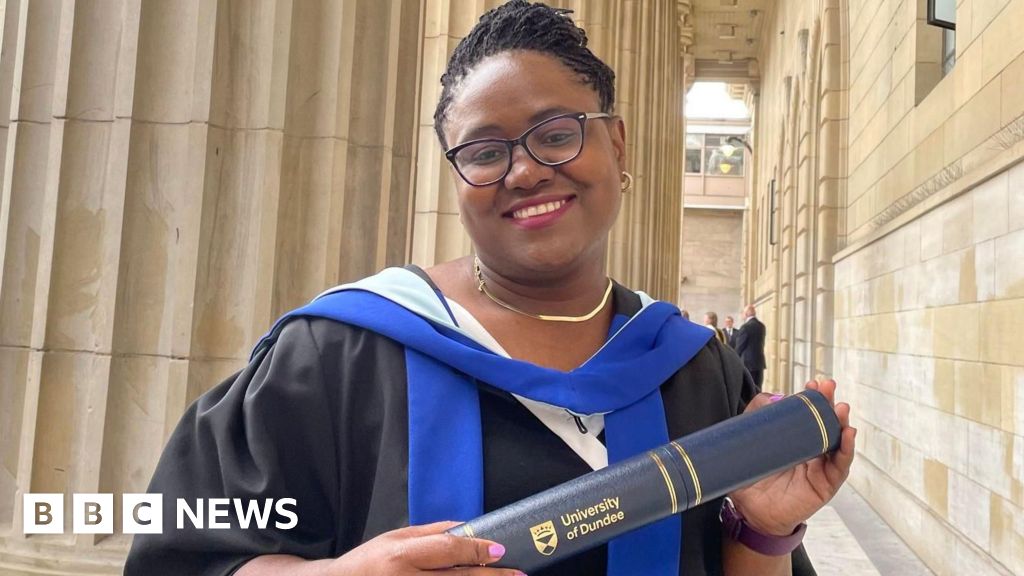Atomic clocks record time using microwaves at a frequency matched to electron transitions in certain atoms. They are the basis upon which a second is defined. But there is a new kid on the block, the optical clock, which boasts even higher accuracy. Is it time to redefine the second?
Optical clocks can reach accuracies at the level of 10-18 , “which is a number so accurate that if the clock started running at the big bang, by now it will have lost 1 second”, says Alexandra Tofful, an optical clock physicist at the National Physical Laboratory (NPL) in London, which oversees scientific measurement standards in the UK.
Unlike atomic clocks, this new type of timekeeper probes electron transitions with light. “Because visible light has a frequency that is five orders of magnitude higher than microwaves, optical clocks are about 100 times more accurate than the current standard of caesium atomic clocks,” says Tofful. At NPL, the optical clock she works on has a single ytterbium ion trapped at its core, which is particularly sensitive to the variation of the fine structure constant, a measure of the strength of electromagnetism between particles. “It’s a great optical clock to use in the tests of fundamental physics,” says Tofful. For example, there is a suggestion that the fundamental constants might not actually be constant, explains Tofful. Optical clocks can achieve levels of accuracy that could detect these changes.
On a more practical level, accurate time is used to synchronise much of the infrastructure we rely on, from banking to shipping and our energy grid. At NPL, researchers are not only developing optical clocks to measure time more accurately, but are also building a network of clocks that add resilience to the timekeepers that underpin critical infrastructure. “[Time] signals that are being broadcast are being targeted for disruption or denial,” says Leon Lobo, head of the National Timing Centre programme at NPL. In the worst-case scenarios, these signals can be hijacked, and the timing can be changed. This has been especially noticeable in conflict zones such as Ukraine, Russia and the Middle East. To this end, NPL is developing a series of optical clocks that are geographically distributed around the UK, but connected via different time transfer methods. We are “designing the next generation of timescale and designing it with security embedded right from the start”, says Lobo.
Source link



















